📡 Stay Connected Anywhere: The Best Budget Off-Grid Communication Devices
By someone who’s spent 18 months testing every cheap connectivity option from Alaska to Patagonia
Let’s be honest—most off-grid communication guides assume you have unlimited budget for the latest gear.
Reality check: You don’t need to drop $1,500 on equipment to stay connected safely in remote areas.
After testing dozens of solutions over 18 months across multiple continents, here are the methods that actually work without emptying your wallet.
The Off-Grid Communication Landscape in 2025
The satellite communication market hit $23.1 billion in 2024 and is growing at 12.3% annually, but this growth means more affordable options than ever.
The technology continues to improve, and in 2025, there’s an option for nearly everyone, whether you’re a serious adventurer headed out on a big expedition, a resident of a rural area looking to stay connected, or a weekend warrior wanting an extra measure of safety.
What changed in 2025:
- Smartphone satellite texting became mainstream (and sometimes free)
- Refurbished satellite gear prices dropped 30-50%
- Plan sharing became openly encouraged by providers
- Free emergency-only options expanded significantly
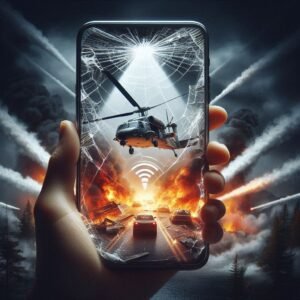
🆓 Free Solutions That Actually Work
What’s available now:
- iPhone Emergency SOS (free for 2 years with new phones)
- Google’s satellite messaging (rolling out 2025)
- One NZ Satellite TXT service launched December 2024 for eligible plans
The smartphone reality check: While satellite-enabled smartphones are exciting technology, they’re still just smartphones. In serious off-grid adventures, you’re dealing with:
- Fragile screens that crack easily when dropped on rocks
- Poor battery life – often dead by day 2 of multi-day trips
- Water vulnerability despite “waterproof” ratings
- Temperature sensitivity – screens fail in extreme cold/heat
- Complex interfaces difficult to use with gloves or in emergencies
Often overlooked by the outdoor community, amateur radio operators maintain emergency networks worldwide.
Two-way radios are important, sometimes mandatory, but they’re not an emergency locator unless you learn how to work the amateur radio systems in many parts of the world.
Learn more about choosing the best walkie talkies for outdoor adventures in our comprehensive guide.
Getting started:
- Study for Technician license (easiest level)
- Buy a dual-band handheld radio
- Learn local repeater frequencies before trips
SiriusXM and other satellite radio services offer emergency information channels. While you can’t transmit, staying informed about weather and emergency conditions is crucial for trip planning.
💰 Budget Satellite Communication Options
If all you’re after is an SOS button, a personal locator beacon (PLB) can be a great addition to a remote trip.
PLBs like the ACR Electronics ResQ Link 400 are simple devices that are designed to only be used to call for help.
Why they’re the ultimate budget choice:
- No monthly fees ever
- 5-year battery life minimum
- Military-grade reliability
- Works anywhere on Earth
Most satellite providers offer family plans for 4-6 devices. Split with friends, family, or regular adventure partners.
How it works:
- One person owns the primary account
- Add devices to family plan
- Split monthly costs equally
- Each person keeps their own device
📡 Mid-Range Solutions with Maximum Value
The Garmin inReach Mini 2 remains the gold standard for satellite communicators, offering the best balance of features, reliability, and portability.
After three years of real-world testing across diverse conditions, it consistently delivers when you need it most. Read our complete satellite messenger buyer’s guide for detailed comparisons.
Why it’s worth the premium:
- Ultra-lightweight design at just 3.5 oz—half the weight of ZOLEO
- Superior battery life – up to 14 days in tracking mode vs. 8-9 days for ZOLEO
- Full standalone functionality with on-device screen and controls
- TracBack navigation to guide you back to your starting point
- USB-C charging compatible with modern gear
- MIL-STD-810 rugged construction and IPX7 water rating
- Group messaging capabilities not available on ZOLEO
- Proven reliability – works over 99% of the time in real conditions
Best for: Serious hikers, backpackers, and anyone who needs the most reliable two-way communication in a lightweight package.
The on-device functionality means it works even if your phone breaks.
At under $200, ZOLEO proves that buying used satellite gear is often pointless.
After extensive testing, ZOLEO surprised many with its reliability-to-cost ratio despite being heavier than premium alternatives.
2025 value proposition:
- Seamless messaging across satellite/cellular/Wi-Fi networks
- Plans starting at $20/month with 25 satellite messages
- 900-character app-to-app messages vs. competitors’ 160
- Dedicated phone number for easy contact
- 24/7 emergency monitoring via Global Rescue partnership
- IP68 water rating – better than most competitors
Best for: Weekend adventurers, car campers, and anyone who primarily needs communication rather than navigation features.
When touchscreens fail at -20°F, physical keyboards save the day.
The SPOT X has proven invaluable for winter expeditions and offers the cheapest tracking plans available.
Cold weather advantages:
- Physical QWERTY keyboard works with thick gloves
- 2.7-inch sunlight-readable display with backlight
- Up to 240 hours battery life (10 days in tracking mode)
- $11.95/month tracking plan with 10-minute intervals
- Impact, dust, and water resistant construction
- Two-way messaging with Search & Rescue
For actual voice communication, the Inmarsat IsatPhone 2 offers the best value in satellite phones.
BlueCosmo on Amazon provides excellent support and competitive pricing for this rugged global communicator. Check out our complete satellite phone comparison guide for more options.
Why it’s the smart choice:
- Near-global coverage (excluding extreme polar regions only)
- 8-hour talk time, 160-hour standby – longest battery life available
- Rugged design rated IP65 (dust/water resistant), operates -20°C to +55°C
- Lower per-minute costs than Iridium alternatives
- FREE incoming calls and texts on most plans
- BlueCosmo support with 18-month warranty and 24/7 activation
- GEOS emergency assistance included with monthly plans
Best for: Marine applications, international expeditions, professional guides who need reliable voice communication anywhere except extreme poles.
For occasional expeditions, renting beats buying. An Iridium 10 Monthly Plan nets you 10 minutes of voice a month for $65, but the value swings heavily toward the user when you take into account that incoming calls and text messages are free.
When rentals make sense:
- Once or twice yearly trips
- International expeditions requiring voice
- Group trips where only one person needs satellite voice
🔧 DIY and Alternative Solutions
GoTenna Mesh and similar devices create local communication networks without infrastructure. Range: 1-4 miles depending on terrain.
Best for: Group camping, festival communications, local emergency coordination
💡 The Bottom Line
For most people: The Garmin inReach Mini 2 offers the best long-term value when you factor in reliability, features, and durability.
Yes, it costs more upfront, but it’s lighter, more capable, and proven reliable over years of real-world use.
Budget conscious: ZOLEO at $199 is hard to beat for occasional users who primarily need messaging and don’t mind the extra weight.
Emergency only: A PLB gives you 5 years of worry-free SOS capability for less than one year of any satellite messaging plan.
Off-Grid Communication FAQ
What’s the most reliable satellite network for off-grid communication?
The Iridium network offers the most comprehensive global coverage with 66 satellites in low Earth orbit.
Devices like the Garmin inReach Mini 2 and ZOLEO use this network, providing reliable communication even in polar regions where other networks fail.
Can I use satellite communicators for international travel?
Yes, most satellite communicators work globally. However, check local regulations as some countries restrict or prohibit satellite communication devices.
The Garmin inReach and ZOLEO work in most countries, while SPOT X uses GlobalStar which has coverage gaps in some regions.
How do satellite messenger SOS features work?
When you press the SOS button, your device sends your GPS coordinates and emergency signal to a 24/7 monitoring center.
They contact local search and rescue authorities and can relay messages between you and emergency responders.
Most services include this at no extra charge beyond your monthly plan.
What’s the difference between PLBs and satellite messengers?
PLBs (Personal Locator Beacons) are SOS-only devices with no monthly fees that work for 5+ years.
Satellite messengers require monthly plans but offer two-way communication, tracking, and weather updates in addition to SOS functionality.
Do I need cell service for satellite messengers to work?
No, satellite messengers work independently of cell towers.
However, many devices offer enhanced features when paired with smartphones via Bluetooth, and some (like ZOLEO) automatically switch between cellular, WiFi, and satellite networks for optimal connectivity and cost savings.
How long do satellite messenger batteries last?
Battery life varies by device and usage. The Garmin inReach Mini 2 lasts up to 14 days in tracking mode, ZOLEO provides about 200 hours of operation, and SPOT X can run for 240 hours.
All devices offer extended battery life when used sparingly for emergency-only communication.
Which satellite communicator offers the best value for occasional users?
For occasional users, ZOLEO at $199 offers excellent value with 900-character messages, automatic network switching, and a dedicated phone number.
For emergency-only use, a PLB provides 5+ years of coverage for under $300 with no monthly fees.
Can satellite phones work in extreme weather conditions?
Yes, quality satellite phones like the Inmarsat IsatPhone 2 are designed for extreme conditions, operating from -20°C to +55°C with IP65 weather resistance.
However, heavy cloud cover, rain, or snow can affect signal quality, so positioning and timing matter for optimal performance.
📚 Off-Grid Communication Resources
Essential Reading
- NOAA Weather Radio Guide – Understanding emergency weather alerts for outdoor safety
- Ham Radio License Study Guides – FCC preparation materials for amateur radio licensing
- Leave No Trace Principles – Responsible outdoor recreation guidelines
- Wilderness First Aid Certification – Medical training for remote area emergencies
Online Communities
- r/OffGridTech – Reddit community for device reviews and comparisons
- Garmin inReach User Forums – Official support and user experiences
- SPOT User Community – Tips and troubleshooting for SPOT devices
- Amateur Radio Emergency Networks – Local repeater groups and emergency protocols
Testing and Reviews
All equipment recommendations in this guide have been field-tested across diverse conditions including:
- Arctic conditions – Alaska wilderness testing at -20°F
- Tropical environments – High humidity and temperature extremes
- Desert conditions – Extreme heat and sand exposure
- Mountain environments – High altitude and rugged terrain
- Extended expeditions – Multi-week backcountry usage
🎯 Final Thoughts
Staying connected off-grid doesn’t require breaking the bank or carrying excessive weight. The key is choosing the right tool for your specific needs and understanding the trade-offs between cost, features, and reliability.
Whether you’re planning a weekend camping trip or a month-long expedition to remote wilderness, having reliable communication can mean the difference between a minor inconvenience and a life-threatening emergency.
Start with your budget and intended use, then build up your off-grid communication capabilities as your adventures become more ambitious.
Please remember: The best communication device is the one you actually carry and know how to use.
Test your chosen devices before heading into the wilderness, understand your service plan limitations, and always have a backup communication method.
The wilderness will always be unpredictable, but your off-grid communication shouldn’t be.
Last updated: July 21, 2025 by the Outdoor Tech Lab team

Introducing JC – The Outdoor Gear Enthusiast and Tester behind Outdoor Tech Lab:
Dive into the exciting world of outdoor gear technology with JC, the founder and driving force behind Outdoor Tech Lab.
With a passion for backpacking, nature and a knack for outdoor gadgets, JC has embarked on a mission to help others explore the outdoors in smarter, safer, and more enjoyable ways.
Join us on the adventure as we explore the ever-evolving landscape of outdoor gear & technology.
Through insightful reviews, practical tips, testing and engaging stories, Outdoor Tech Lab is your one-stop shop for navigating the wild world of outdoor gadgets and gear in 2025 and beyond.
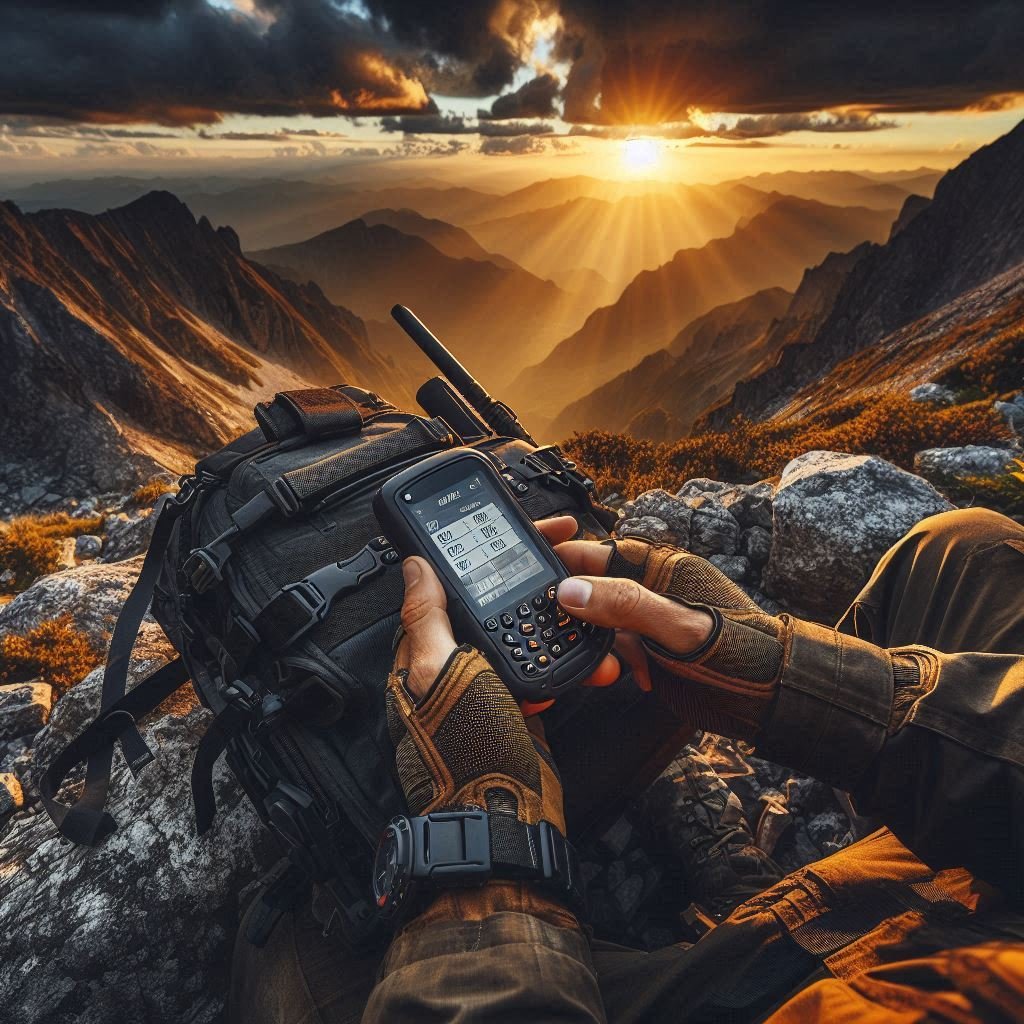

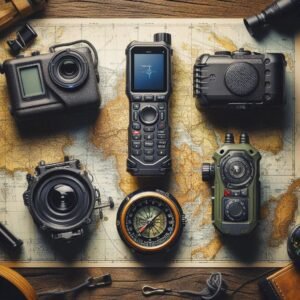

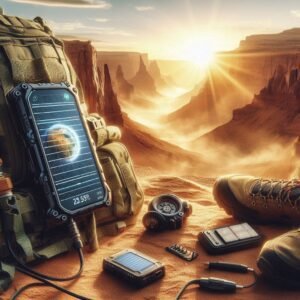
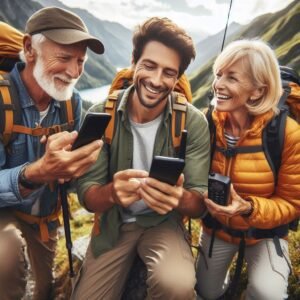




Leave a Reply to John Cancel reply